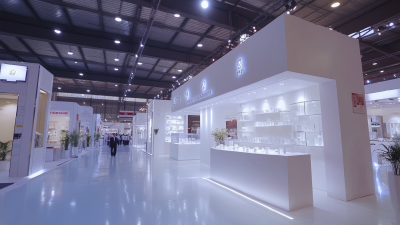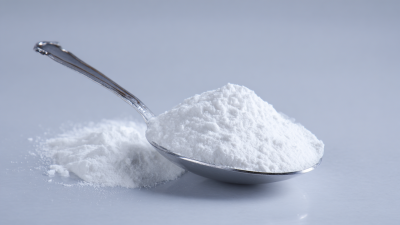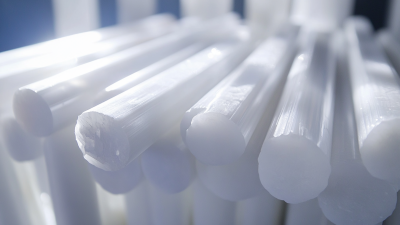In the contemporary industrial landscape, the significance of Pure Alumina cannot be overstated. This versatile material serves as a cornerstone for various applications, transforming sectors ranging from electronics and aerospace to healthcare and environmental sustainability. Pure Alumina, known for its exceptional purity and performance, plays a critical role in the manufacturing of advanced ceramics, high-strength composites, and catalysts essential for refining processes. As industries increasingly prioritize efficiency and innovation, the demand for Pure Alumina continues to surge, driven by its unique properties such as high thermal stability, electrical insulation, and chemical resistance. This article delves into the multifaceted benefits of Pure Alumina, exploring how it contributes not only to improved product performance but also to the advancement of modern technology and sustainable practices. Understanding the essential role of Pure Alumina is key for industries striving to achieve excellence and competitiveness in today's market.
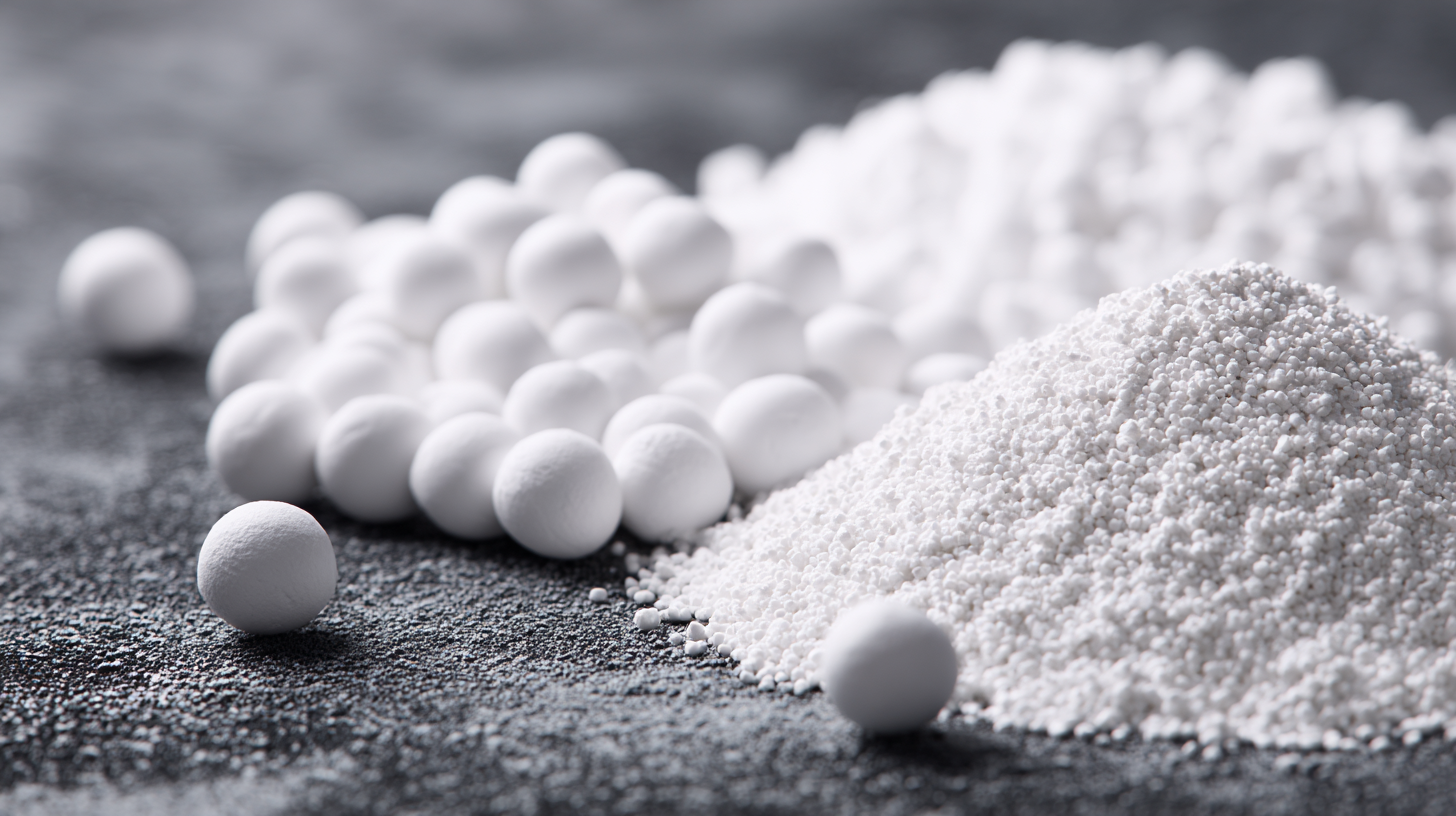
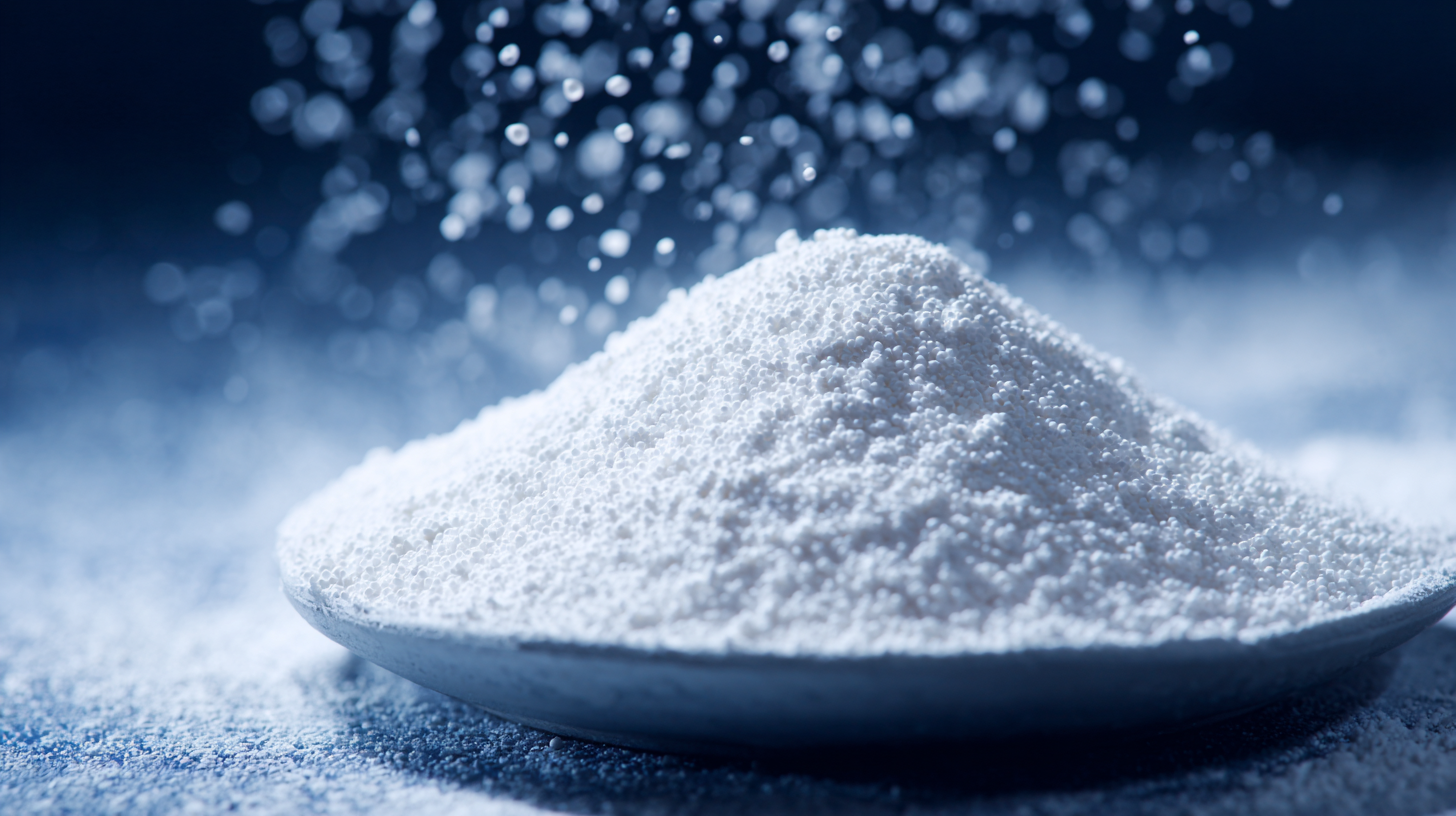 Pure alumina, or aluminum oxide, plays a critical role in advanced manufacturing processes, notably in the production of semiconductors and ceramics. Its unique properties, such as high-temperature resistance and electrical insulation, make it an ideal material for components in electronic devices and industrial machinery. In the semiconductor industry, pure alumina serves as a vital substrate and dielectric material, ensuring the reliability and performance of various electronic products.
Pure alumina, or aluminum oxide, plays a critical role in advanced manufacturing processes, notably in the production of semiconductors and ceramics. Its unique properties, such as high-temperature resistance and electrical insulation, make it an ideal material for components in electronic devices and industrial machinery. In the semiconductor industry, pure alumina serves as a vital substrate and dielectric material, ensuring the reliability and performance of various electronic products.
Tips: When working with pure alumina, ensure that the material is sourced from reputable suppliers to maintain quality. Proper handling and storage are essential to avoid contamination, which can significantly impact the manufacturing process and final product performance.
In the realm of ceramics, pure alumina is utilized for producing advanced ceramics that exhibit exceptional hardness and wear resistance. These properties are essential for tools used in cutting, grinding, and other high-performance applications. The ability of pure alumina to withstand extreme environments enhances the longevity and efficiency of manufactured components, making it indispensable in sectors like aerospace and automotive.
Tips: To enhance the performance of alumina-based ceramics, consider optimizing the sintering process. Adjustments in temperature and atmosphere can lead to better microstructure and improved mechanical properties.
Pure alumina, or aluminum oxide, plays a crucial role in various modern industrial applications, primarily due to its remarkable key properties. One of its standout characteristics is its exceptional mechanical strength, which enables it to withstand significant stress in manufacturing processes. Additionally, pure alumina's high temperature resistance makes it an ideal material for use in environments that require durability under extreme conditions, such as in aerospace components and industrial furnaces.
The global market for alumina was valued at an estimated $4.77 billion in 2023, reflecting its growing significance in industries including electronics, automotive, and construction. With a projected compound annual growth rate (CAGR) of 5.24% from 2024 to 2031, the demand for pure alumina is expected to surge. This growth is driven by the material's unique properties, including excellent electrical insulative capabilities and corrosion resistance, which make it indispensable for applications ranging from insulators to cutting tools, thereby reinforcing its vital role in the advancement of modern technologies.
| Property | Description | Industrial Applications |
|---|---|---|
| High Purity | Contains minimal impurities which enhances performance. | Electronics, aerospace components |
| Thermal Stability | Maintains properties under high temperatures. | Ceramics, refractory materials |
| Chemical Resistance | Resistant to corrosion and chemical reactions. | Chemical processing industries |
| Electrical Insulation | Excellent dielectric properties. | Electrical and electronic applications |
| Lightweight | Low density while maintaining strength. | Aerospace, automotive industries |
Pure alumina, or aluminum oxide, plays a pivotal role in enhancing energy efficiency and promoting sustainability across various industries. Its high thermal stability and excellent electrical insulating properties make it an ideal choice for energy applications, such as in the construction of high-performance batteries and fuel cells. By utilizing pure alumina, manufacturers can improve the energy conversion and storage capabilities of their products, ultimately leading to lower energy consumption and reduced greenhouse gas emissions throughout the production and usage phases.
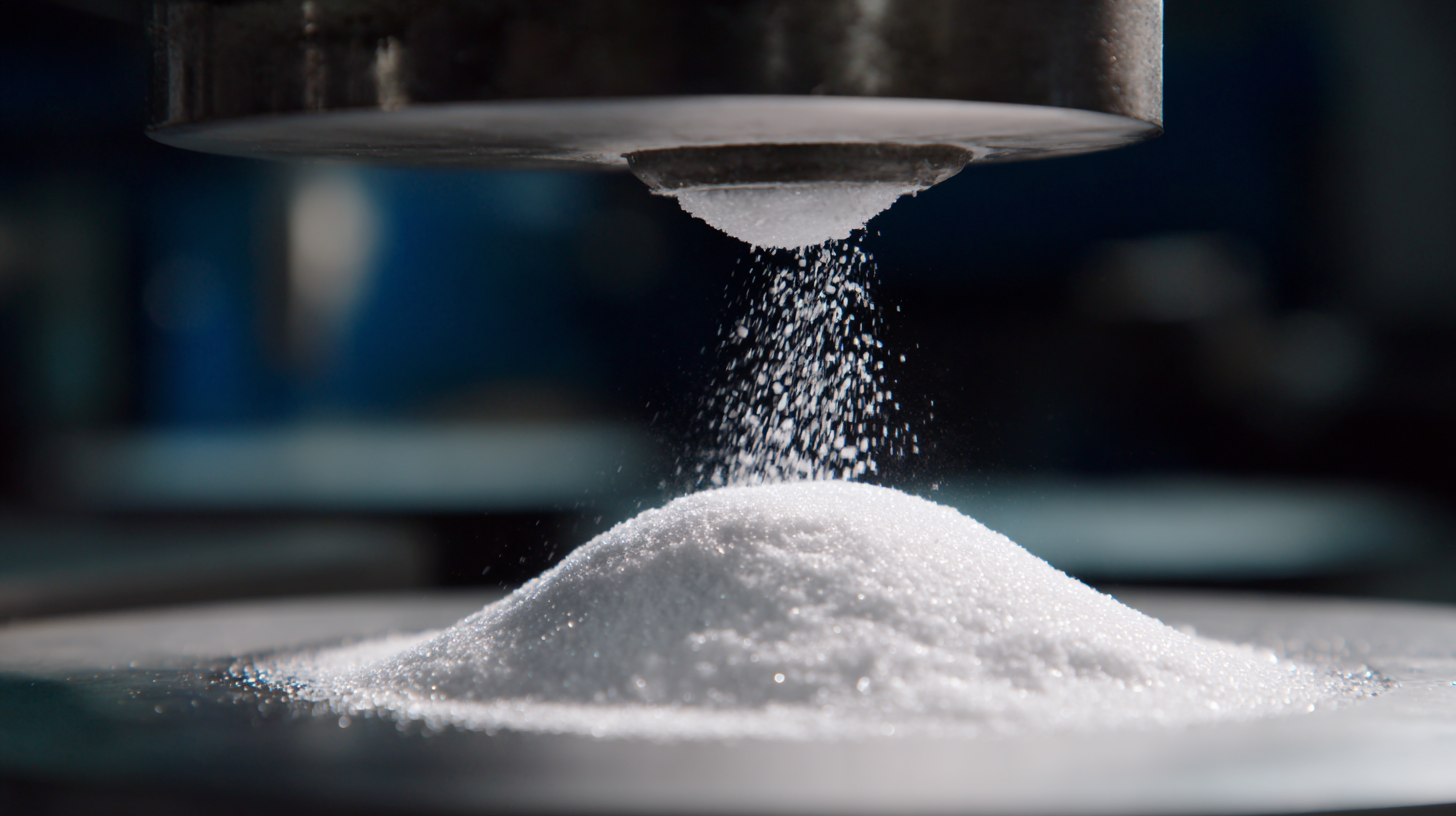
Moreover, pure alumina contributes significantly to sustainability efforts by facilitating the recycling processes in the aluminum industry. The material’s ability to be reused without degradation means that industries can drastically cut down on waste and lower the demand for virgin aluminum production. This not only conserves energy but also minimizes the ecological footprint associated with aluminum sourcing and processing, aligning with global goals for more sustainable industrial practices. As industries continue to seek innovative materials that enhance performance while mitigating environmental impact, pure alumina is increasingly recognized as an essential component in the quest for a more energy-efficient and sustainable future.
Pure alumina, or aluminum oxide, is a critical material in modern technology, exhibiting a broad spectrum of innovative applications. Its unique properties, such as high thermal stability and electrical insulation, make it indispensable in the electronics sector. According to a report by MarketsandMarkets, the global alumina market is projected to reach $40 billion by 2025, with a significant portion driven by its use in the production of semiconductors and dielectric substrates. The demand for advanced electronic devices, including smartphones and laptops, is further fueling the need for pure alumina as a reliable insulator and substrate material.
In the field of ceramics, pure alumina is renowned for its durability and strength. The Global Ceramics Market report indicates that the advanced ceramics segment is expected to grow at a CAGR of over 6% between 2022 and 2027, with pure alumina products sought after for applications ranging from dental implants to high-performance cutting tools. This versatility underscores the material's role not just as a technological backbone but also as a driving force behind innovations in various industries, supporting advancements in performance and sustainability alike.
This chart illustrates the percentage of pure alumina usage across various modern industries, highlighting its essential role in aerospace, electronics, medical applications, automotive, and construction sectors.
The sourcing of pure alumina poses several challenges for industries that rely on this critical material. One of the primary issues is the inconsistency in the quality of bauxite, the raw material for alumina production. Variability in mineral content and impurities can affect the extraction process, leading to inconsistent alumina quality. Furthermore, environmental regulations in many regions impose limitations on mining practices and emissions, complicating the supply chain and increasing production costs. Companies must navigate these regulatory landscapes while maintaining the quality standards required for their applications.
To address these challenges, industries are increasingly investing in advanced refining technologies and improving supply chain management practices. Innovations such as hydrometallurgical processes enhance the extraction efficiency of pure alumina from bauxite, mitigating some of the inconsistency issues. Collaborative efforts with suppliers to ensure consistent quality and sustainable practices also play a crucial role. By establishing long-term partnerships and investing in sustainable sourcing initiatives, companies can secure a reliable supply of pure alumina while addressing environmental concerns and regulatory requirements, ensuring their competitiveness in a demanding market.
